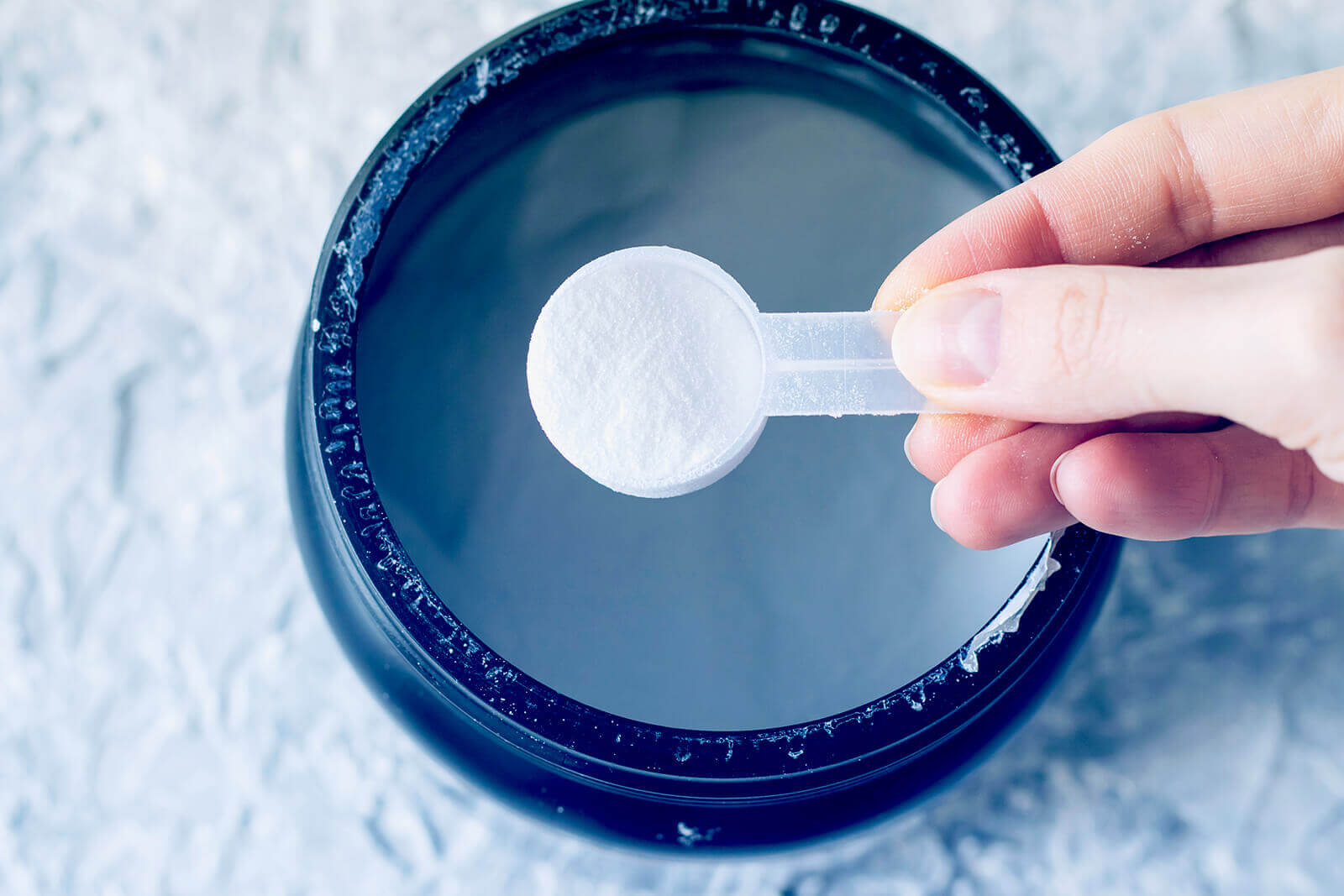Creatine is one of the most “legit” legal supplements you can buy to safely enhance your muscle gains. Previous studies have shown that in addition to strength gains, creatine may be a potent supplement for hypertrophy gains. However, some of the studies used to support the effectiveness of creatine for hypertrophy looked at whole body lean mass changes, something that may have also been affected by the water retention caused by creatine. But what about the studies that looked at the effects of creatine on regional muscle hypertrophy?
Overview
What did they test? The authors reviewed the current available literature to explore the effects of creatine supplementation on regional hypertrophy.
What did they find? Creatine seemed to have a positive effect on regional muscle hypertrophy but that effect appears to be relatively small and benefit mostly younger individuals.
What does it mean for you? Supplementing with creatine is still a solid idea given its overall benefits for strength and power, however, if you’re someone who’s solely looking to maximize hypertrophy, then you are probably not missing out on as many gains as we may have previously thought.
What’s the Problem?
You may be thinking, “Wait, what? Creatine? AGAIN?”. Yes, dear reader, we’re on about creatine again, one of the few supplements in the space of supplementation for muscle gains that seems to be worth spending time on. In previous issues, we’ve looked at creatine and its effects on endurance and water retention while also alluding to its well-documented positive effects for strength and power increases 1 2.
To directly quote from the REPS Volume 2 Issue 11 article on creatine for endurance:
“Creatine is a non-protein amino acid primarily made in the liver and kidneys. Most creatine is stored in the muscle, with approximately 65% stored as phosphocreatine and the remaining as free creatine. The high availability of cellular phosphocreatine can help with the faster conversion of Adenosine diphosphate (ADP) to Adenosine triphosphate (ATP), the molecule that is our primary fuel source for high-intensity exercise. Although it’s possible to get saturated creatine stores through one’s diet, only about 60-80% of creatine stores are saturated through the consumption of food 2. This is where creatine supplementation can help cover the remaining 20-40%. This in turn allows for significant increases in strength and power“
In addition to increases in strength and power, creatine has been shown to potentially lead to muscle mass increases when combined with resistance training, with studies showing that individuals who resistance train and consume creatine gain more muscle versus those who resistance train and don’t. However, previous research that has looked at the effects of creatine on muscle mass often focuses on assessing muscle mass changes by looking at whole-body muscle mass, estimating changes in fat-free mass via methods such as bioelectrical impedance analysis (BIA), dual-energy X-ray absorptiometry (DXA) and whole body air displacement plethysmography (BodPod). Given creatine’s ability to increase intracellular water content 1 may explain some of the muscle gains observed when supplementing with creatine. There is even literature showing that supplementing with creatine was able to lead to [estimated via DXA] muscle mass increases in competitive male cyclists in just 2 weeks, something that was probably due to creatine’s water retention effects. Gaining a measurable amount of muscle mass in such a short time is highly unlikely, especially in trained individuals.







